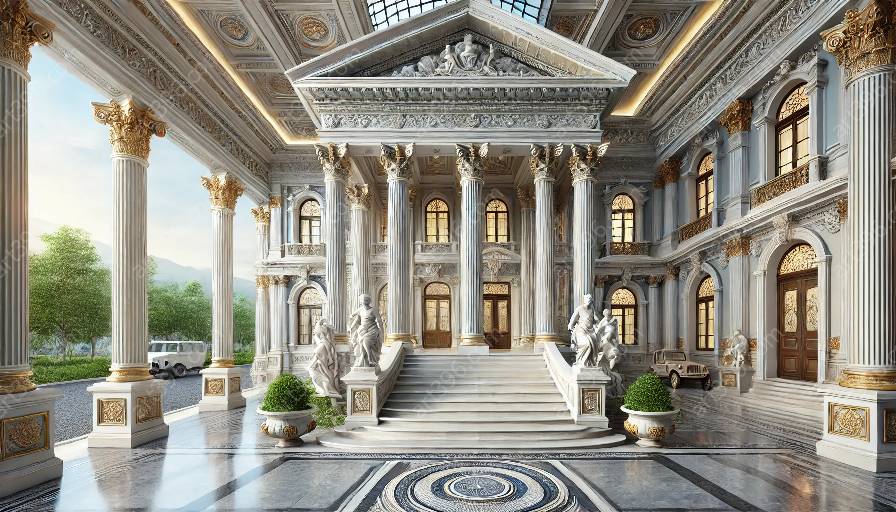Brutalist architecture has long been a subject of controversy, with its stark, raw forms and imposing structures often reflecting political and ideological agendas. The movement emerged during a time of profound political and social change, and its architectural designs were heavily intertwined with the ethos of modernism and political power dynamics.
The Modernist Vision and Political Influence
Brutalist architecture, which reached its peak in the 1950s to 1970s, embodied the modernist vision of the time. It rejected ornamentation and embraced the use of raw concrete, bold massing, and sculptural qualities. This design ethos was closely tied to the political ideologies of the era, particularly in the aftermath of World War II.
Furthermore, many brutalist structures were commissioned and funded by governments, reflecting the influence and power dynamics of political institutions. Governments often used brutalist architecture to signify authority and control, with structures such as government buildings, libraries, and social housing projects taking on an imposing and monumental presence in the urban landscape.
Urban Planning and Social Ideals
Brutalist architecture also intersected with urban planning and social ideals. The movement aimed to address the social challenges brought about by urbanization and the need for mass housing. Its large-scale, utilitarian designs sought to create affordable, functional spaces for the masses. However, these ideals were often critiqued for their association with authoritarianism and the neglect of human-scale considerations.
Resistance and Resurgence
As societal values and political landscapes shifted, brutalist architecture faced criticism and public resistance. Its imposing presence and perceived lack of warmth and humanity led to many structures falling out of favor, with some even facing demolition. Nevertheless, the movement has experienced a resurgence of interest and appreciation in recent years, with efforts to preserve and reevaluate these structures in a new light.
Conclusion
Brutalist architecture stands as a testament to the intertwining of politics, ideology, and design. Its raw, unapologetic forms reflect the aspirations and power dynamics of the modernist era, while also sparking conversations about the role of architecture in shaping societal values and political landscapes.





























































